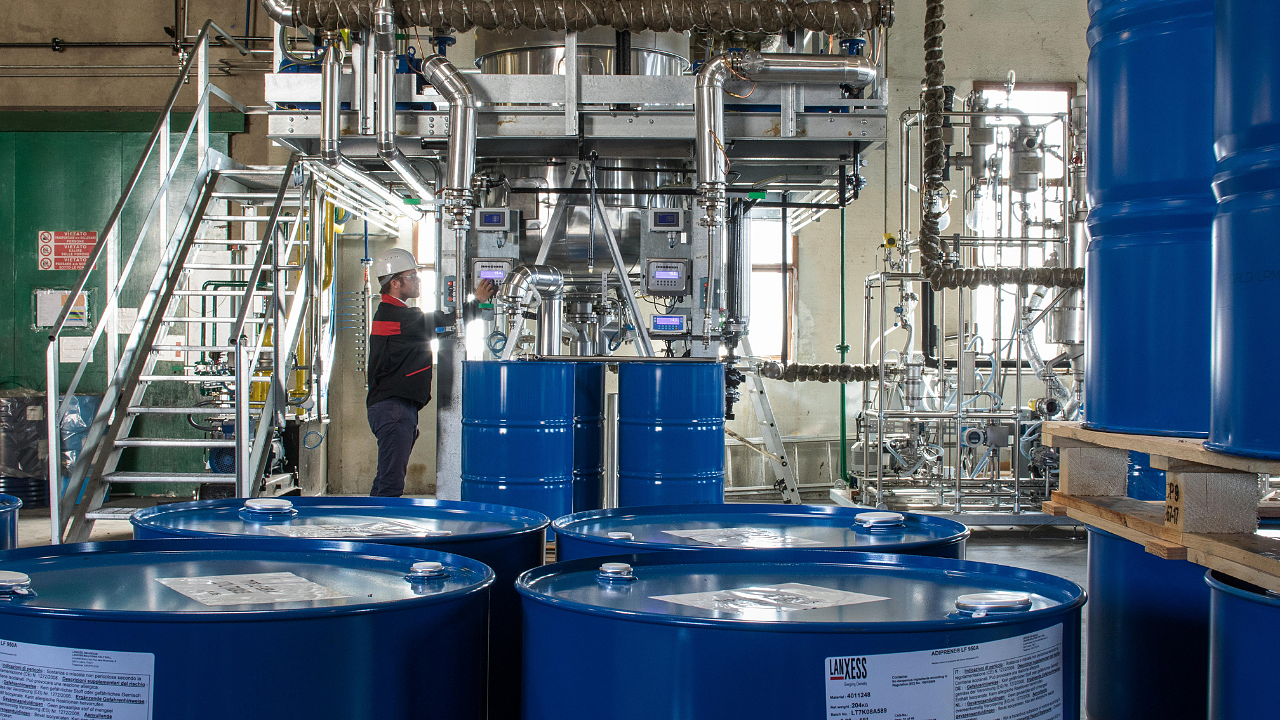
Stringent government regulations and increased automotive production in emerging economies will drive the fuel additives market to reach $ 7.1 billion by 2026, reports MarketsandMarkets.
According to the new market research report 'Fuel Additives Market by Type and Application - Global Forecast to 2026,'published by MarketsandMarkets, the fuel additives market is estimated to grow at a CAGR of 3.4%, from $6 billion in 2021 to $7.1 billion in the next five years.
Fuel additives are chemicals help improve the efficiency of the powertrain. In addition, these additives help fuels in meeting emission control standards and improve engine or vehicle performance. Besides these functions, fuel additives also help reduce corrosion and enhance combustion in various applications, including commercial, automotive, industrial, and aerospace sectors.
The key players in this space include Afton Chemical, Lubrizol, Innospec, BASF, Evonik, Lanxess, Chevron Oronite, Dorf Ketal Chemicals, Infineum, Cummins, Total SA, Baker Hughes, Clariant, Dow Chemical, Iftex Oil & Chemicals, Eastern Petroleum(India) and Lucas Oil.
The fuel additives are categorised into ten types- deposit control additives, cetane improvers, lubricity improvers, cold flow improvers, stability improvers, octane improvers, corrosion inhibitors, anti-icing fuel additives, dyes & markers and others.
According to the research company, deposit control additives had a larger share in terms of value in 2020 than cetane improvers and others.
Diesel
Diesel is the largest application segment of the fuel additives market. North America was the largest market for fuel additives in 2020 in terms of value.
The lubricity improvers are estimated to be the fastest-growing type in the fuel additives market for the forecast period, the research firm observed.
Lubricity improver fuel additives are added to improve the lubricity of hydro-treated diesel fuels. These additives contain a polar group attracted to metal surfaces, which helps form a thin surface film. The film acts as a boundary lubricant when two metal surfaces come in contact. Most ULSD fuels contain a lubricity additive that is used to meet the various lubricity specifications. As sulfur is a natural lubricant, its fuel reduction necessitates the usage of lubricity improvers.
Gasoline followed suit
Again led by the demand from the automotive industry, the fuel additives market size for gasoline accounted for the second-largest share of global fuel additives after diesel, in terms of value, in 2020.
Most countries are expected to continue using unleaded gasoline fuel with relatively higher dosing of additives than normal gasoline. As a result, gasoline consumption is expected to increase worldwide, and, subsequently, the consumption of fuel additives is expected to grow to meet the stringent environmental norms, especially in North America. This will drive the market during the forecast period, MarketsandMarkets, said.
North America is the largest market for fuel additives
According to the research firm, the North American fuel additives market is the largest in the world by value. Globally, it has been leading the market regarding demand and product innovation in terms of quality and application development.
Due to stringent environmental regulations, the fuel additives industry is experiencing significant growth. The North American market is highly regulated, with the Environment Protection Agency (EPA) playing a pivotal role in the monitoring and commercialising of fuel additives products.
Courtesy: MarketsandMarkets. NB: Photo is representational; courtesy: Lanxess.